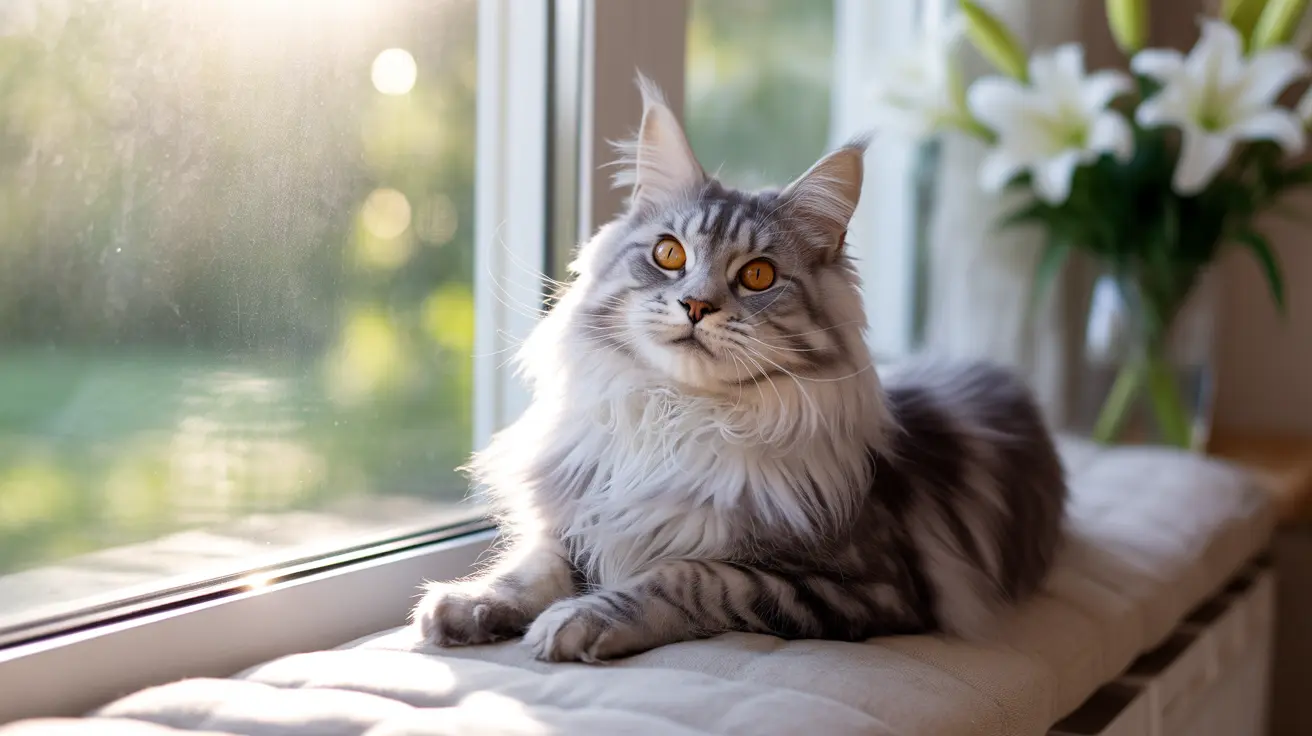Common Signs Your Cat May Be Withdrawing
Physical and Behavioral Changes
Before diving into solutions, it's important to recognize the signs that your cat might be distancing themselves. Watch for behaviors such as:
- Hiding more frequently than usual
- Running away when you approach
- Refusing to sit on your lap or be petted
- Showing aggressive behaviors like hissing or swatting
- Changes in eating or litterbox habits
Body Language Signals
Cats communicate extensively through body language. Signs of discomfort or displeasure include:
- Flattened ears
- Tail held low or puffed up
- Dilated pupils
- Tense body posture
- Excessive grooming or reduced grooming
Medical Causes for Behavioral Changes
Health issues are often the primary reason for sudden behavioral changes in cats. Pain, illness, or discomfort can cause your cat to become withdrawn or aggressive, even toward their favorite people.
Common Health Issues That Affect Behavior
Several medical conditions can impact your cat's behavior, including:
- Dental problems or mouth pain
- Arthritis or joint issues
- Urinary tract infections
- Thyroid conditions
- Digestive problems
Environmental Factors That Impact Cat Behavior
Cats are highly sensitive to changes in their environment. Even subtle alterations can affect their behavior and relationship with you:
Home Environment Changes
- Moving to a new home
- Rearranging furniture
- New pets or family members
- Changes in daily routine
- Loud noises or construction
Rebuilding Your Bond
Restoring a positive relationship with your cat requires patience and understanding. Here are key strategies:
Create Positive Associations
- Offer favorite treats during interactions
- Engage in interactive play sessions
- Respect their personal space
- Use gentle voices and movements
- Maintain consistent feeding schedules
Establish Safe Spaces
Ensure your cat has access to:
- Quiet retreat areas
- Elevated perches
- Comfortable hiding spots
- Multiple resources (food, water, litter boxes)
Frequently Asked Questions
Why does my cat suddenly avoid me or seem to dislike me?
Sudden avoidance often stems from medical issues, stress, or negative experiences. Have your cat checked by a veterinarian and look for recent changes in their environment that might be causing stress.
Could my cat's changed behavior be due to illness or pain?
Yes, medical issues are a leading cause of behavioral changes in cats. Any sudden change in behavior warrants a veterinary examination to rule out health problems.
How can stress or changes at home affect my cat's affection toward me?
Cats are sensitive to environmental changes. New furniture, schedule changes, or new household members can cause stress, leading to withdrawal or changed behavior toward owners.
What should I do if my cat hisses or swats when I try to pet it?
Respect your cat's boundaries and give them space. This behavior often indicates fear or discomfort. Allow your cat to approach you on their terms and rebuild trust gradually.
How can I rebuild trust and improve my bond with a cat that's withdrawn?
Focus on positive interactions, respect their space, maintain consistent routines, and use treats and play to create positive associations. Be patient, as rebuilding trust takes time.
Conclusion
When your cat's behavior changes, it's essential to approach the situation with patience and understanding. Start by ruling out medical issues, then carefully evaluate environmental factors that might be causing stress. With time, consistency, and the right approach, most cats will return to their normal, affectionate selves.
Remember that every cat is unique, and what works for one may not work for another. If problems persist, don't hesitate to seek help from a veterinarian or certified feline behaviorist who can provide personalized guidance for your situation.






